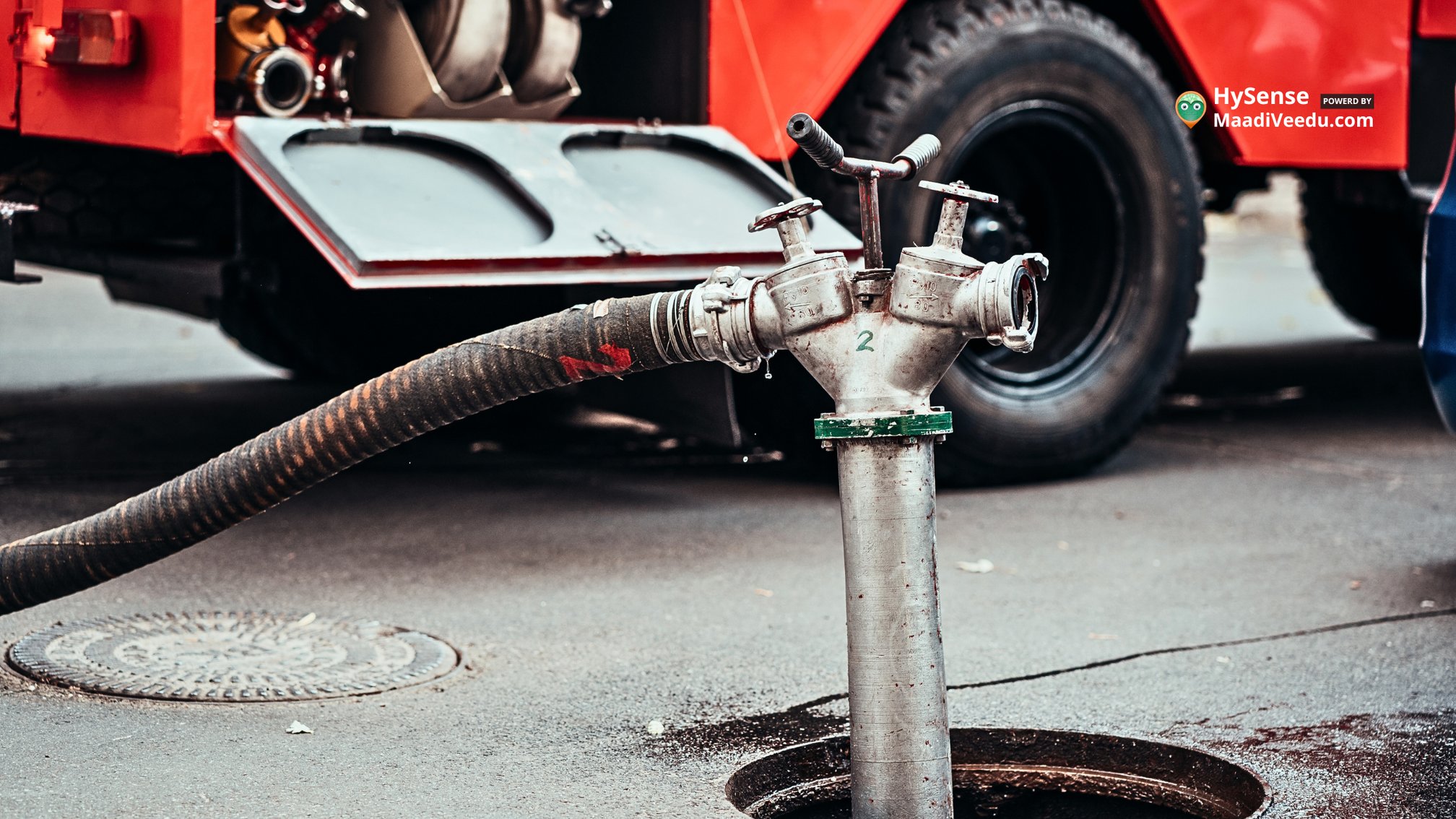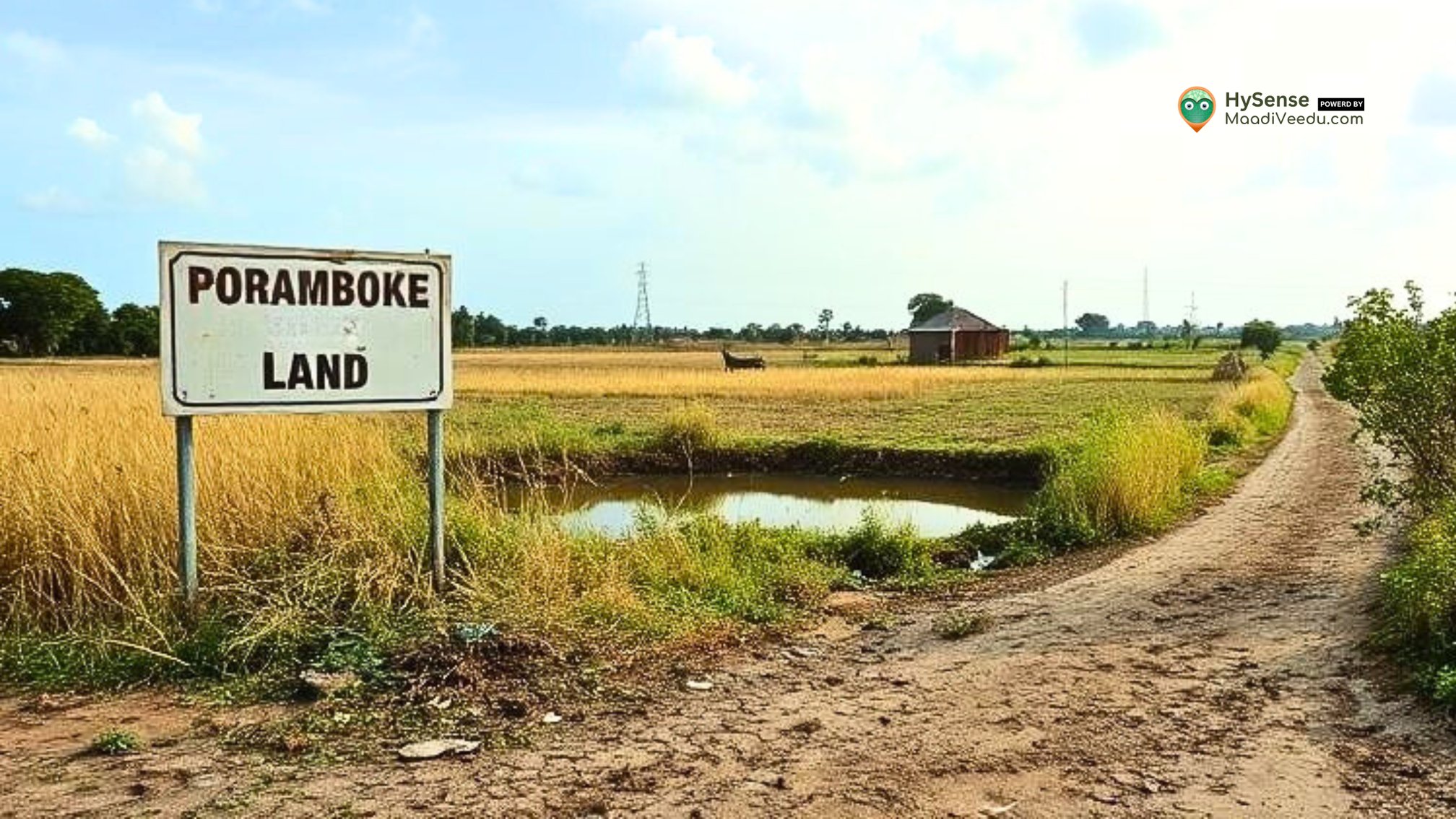Fire Hydrant System Overview: Essential Types for Maximum Safety
Learn about fire hydrant systems, their types, components, installation, and maintenance for maximum fire safety in buildings and outdoor areas.

Table of Contents
Fire hydrant systems are an essential part of fire safety, helping to quickly provide water during a fire emergency. When a fire breaks out, every second counts, and these systems are designed to provide quick access to water, helping firefighters control the flames and reduce damage to property and lives. Understanding how fire hydrant systems work, their types, and their proper installation can help ensure your building or area is prepared in case of a fire. know more
What Is a Fire Hydrant System?
A fire hydrant system is made up of pipes, valves, water storage tanks, and pumps that deliver water under high pressure to various locations around a building or site. These systems are commonly installed in urban areas, large buildings, and industrial sites where quick access to water is crucial for fighting fires. Fire hydrants allow firefighters to connect hoses quickly, get water, and control the fire before it can spread and cause more destruction.
Why Fire Hydrant Systems Are Crucial for Safety
Fire hydrant systems are vital in reducing the spread of fires and minimizing damage. These systems provide an immediate and reliable source of water, which helps firefighters act fast. They also prevent fires from getting out of control by ensuring there’s a steady supply of water, even if the nearest fire truck is too far away. In many places, fire hydrants are required by law to ensure that fire services can reach a fire no matter where it occurs.
Key Components of Fire Hydrant Systems
To understand how a fire hydrant system works, it’s important to look at the main components that make it function. These parts work together to deliver water when needed and make sure that the system is ready during emergencies.
Major Components in a Fire Hydrant System
A typical fire hydrant system includes:
- Hydrant Valves These control the flow of water. When firefighters connect hoses to the hydrant, the valve opens to release water. Without valves, the water would not flow effectively.
- Piping Network A complex network of pipes connects different parts of a building or area. These pipes carry the water from the source to the hydrants, ensuring that water is available wherever needed.
- Water Storage Tanks These tanks store water for firefighting. They make sure there’s enough water available to keep firefighters supplied, even if the water supply from the main source is interrupted.
- Pumps: Pumps are used to maintain pressure in the system, especially in taller buildings or large areas. Without enough pressure, water might not reach the higher floors of a building.
- Hose Reels These are connected to hydrants and allow firefighters to roll out hoses quickly, making it easier to direct water to the fire.
Types of Fire Hydrant Systems
Different types of fire hydrant systems are designed to meet the needs of different buildings and areas. Here are some of the common types of hydrant systems used in both residential and commercial settings.
Internal Fire Hydrant Systems
Internal fire hydrant systems are located within buildings. They are designed to supply water to areas inside the building, such as hallways, stairwells, and common areas. These systems are crucial for large buildings or high-rise structures, where the fire could quickly spread without an effective way to fight it from the inside. They make it easier for fire crews to get water to different floors and areas without waiting for external fire services.
External Fire Hydrant Systems
These are placed outside buildings, usually on the street or near the property. External hydrants are used by fire trucks and fire teams working at ground level. They allow firefighters to connect hoses and get access to water quickly when a fire breaks out. These systems are critical in urban areas, industrial zones, or places with large outdoor spaces, like parking lots or factories. know more
Dry Riser Systems
A dry riser system is used in tall buildings. This system consists of vertical pipes that are usually empty, or "dry," until the fire department fills them with water. Firefighters can connect their hoses to a dry riser system to access water quickly, even if the building is several stories high.
Wet Riser Systems
A wet riser system, on the other hand, is filled with water at all times. This means that firefighters can access water immediately without having to wait for the system to be filled. Wet risers are often used in very tall buildings where immediate water access is necessary.
Installing and Maintaining Fire Hydrant Systems
Proper installation and regular maintenance of fire hydrant systems are crucial to ensure they work efficiently during a fire emergency. Below are some important steps for installation and maintenance.
Installation Guidelines for Hydrant Systems
When installing a fire hydrant system, it’s important to follow several guidelines to ensure it works properly:
- Placement Hydrants should be placed in locations where they can be easily reached in case of a fire. They should be visible and not blocked by vehicles, trees, or other obstacles.
- Height and Distance Fire hydrants must be installed at the right height and distance from potential fire hazards. They should be accessible to firefighters from both the ground level and higher floors if needed.
- Clear AccessibilityHydrants must be easily accessible, meaning there should be no obstructions blocking the way. They should also be clearly marked so they can be located quickly during a fire.
Compliance with Standards
In many countries, fire hydrant systems must meet local building codes and fire safety regulations. These regulations ensure the system is capable of delivering enough water to control a fire. For instance, the National Fire Protection Association (NFPA) in the U.S. provides guidelines on how and where hydrants should be installed. Following these standards ensures that the system is reliable and ready for use in an emergency.
Testing and Maintenance
Fire hydrant systems should be tested regularly to ensure they work when needed. Regular maintenance includes checking the water pressure, inspecting hoses and valves, and ensuring the system has no leaks. It’s also important to test the system’s ability to deliver water under high pressure, particularly in larger buildings where pressure can drop. know more
The Role of Automatic Fire Hydrant Systems
Automatic fire hydrant systems are becoming more common in modern buildings. These systems use sensors to detect a fire and automatically trigger the flow of water. Here’s why they are becoming more popular:
Advantages of Automatic Fire Hydrant Systems
- Faster ResponseThese systems automatically detect a fire and start delivering water without human intervention, reducing response time. This can be crucial in situations where every second counts.
- More Reliable Because they don’t rely on human actions, automatic systems eliminate the chance of mistakes or delays. This makes them more reliable during a fire emergency.
- Integration with Other Safety Systems: Automatic hydrants can be connected to other fire safety systems, like alarms and sprinklers, making them part of a coordinated response to a fire.
Internal Fire Hydrant Systems for Building Safety
Internal fire hydrant systems are especially important for large commercial buildings, high-rise apartments, and hotels. These systems ensure that firefighters can access water even when they are far from the building’s exterior.
Design Considerations for Internal Systems
Internal fire hydrants should be strategically placed in areas where fires are most likely to start, such as kitchens or storage rooms. They should be installed on every floor, particularly in high-risk areas, and the system should maintain enough water pressure to reach the upper floors.
Maintenance and Inspections
Just like external systems, internal fire hydrants need regular maintenance. This includes pressure checks, hose inspections, and valve testing to ensure they are ready for use in an emergency. Building managers should establish a regular inspection schedule and keep records of all maintenance activities.
External Fire Hydrant Systems: Outdoor Safety Measures
External hydrant systems are just as important as internal systems for ensuring public safety. They provide water for firefighters to use when fighting fires in outdoor spaces, such as parking lots, streets, or industrial areas.
Importance of External Fire Hydrant Systems
External fire hydrants are necessary to provide water to firefighters working at ground level or fighting fires in outdoor areas. These hydrants help reduce the risk of fire spreading by giving firefighters quick access to water, especially when internal systems are not practical to use.
Design Considerations for External Systems
External hydrants must be located in places where they are easily accessible and provide coverage for the entire site. These hydrants should be durable enough to withstand weather conditions and physical damage from vehicles or other external factors.
Ensuring Maximum Safety with Fire Hydrant Systems
A well-designed fire hydrant system can make all the difference in protecting lives and property. Whether it’s an internal or external system, or even a combination of both, it’s important to choose the right system for your needs and make sure it’s properly installed and maintained. With the right planning and regular upkeep, fire hydrant systems can provide a reliable water source when every second counts during a fire.
Importance of Regular Maintenance
To ensure that your fire hydrant system works when needed, it’s important to regularly check and maintain the system. This includes inspecting valves, checking water pressure, and replacing worn-out components. By keeping your system in top shape, you’ll have peace of mind knowing that it will be ready in case of an emergency. know more
Final Thoughts
A fire hydrant system is a crucial part of any fire safety plan. With the right installation, regular maintenance, and understanding of how these systems work, you can help protect your building and your community. Fire hydrants provide a fast, reliable way to fight fires, and by investing in their proper installation and upkeep, you’re making a smart choice for safety.
For the latest updates and more fire safety tips, stay connected with us through our online platforms for expert insights and advice.










